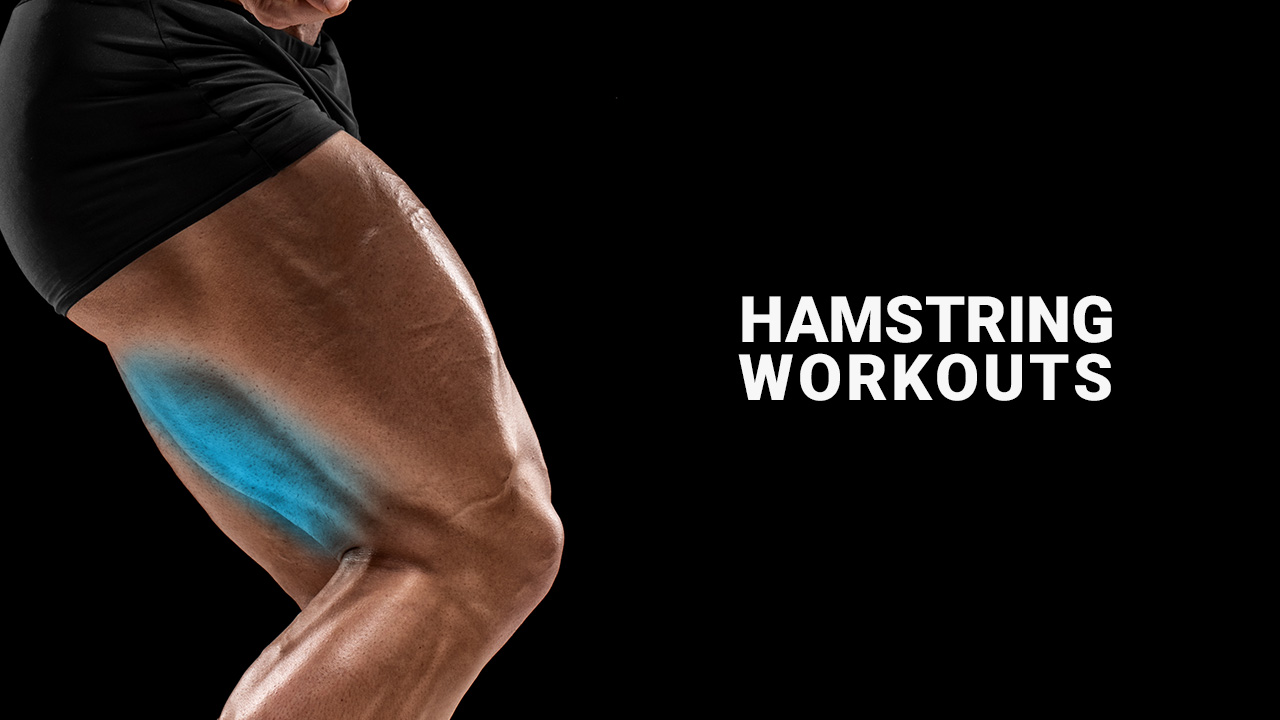Strong hams-trings are crucial for overall lower body strength and stability. Whether you’re an athlete, a fitness enthusiast, or simply someone who values functional movement, focusing on hamstring strength is essential. In this comprehensive guide, we’ll delve into the importance of strong hams-trings, the best exercises to achieve this, and how to incorporate them into your fitness routine.
Understanding the Hamstrings
Anatomy of the Hamstrings
The hams-trings consist of three muscles located at the back of the thigh: the biceps femoris, semitendinosus, and semimembranosus. These muscles play a vital role in various movements such as bending the knee, extending the hip, and stabilizing the pelvis.
Functions of the Hamstrings
The primary function of the hams-trings is to flex the knee and extend the hip joint. They also assist in other movements such as walking, running, and jumping, making them essential for athletic performance and everyday activities.
Benefits of Strengthening Hamstrings
Injury Prevention
Weak hams-trings are often associated with an increased risk of injury, particularly in activities that involve sudden changes in direction or intense physical exertion. Strengthening these muscles can help reduce the likelihood of strains, tears, and other hamstring-related injuries.
Improved Athletic Performance
Athletes across various sports rely on strong hams-trings to generate power, speed, and agility. By incorporating hamstring-focused exercises into their training regimen, athletes can enhance their performance and minimize the risk of setbacks due to muscle imbalances or weaknesses.
Better Posture and Balance
Weak hams-trings can contribute to poor posture and balance, leading to issues such as lower back pain and increased risk of falls. Strengthening these muscles can improve pelvic stability, enhance core strength, and promote better overall posture and balance.
Factors Affecting Hamstring Strength
Age and Gender
Lifestyle and Physical Activity Levels
Sedentary lifestyles and lack of physical activity can lead to muscle weakness and imbalances, including the hams-trings. Conversely, regular exercise and strength training can help maintain and improve hamstring strength over time.
As we age, muscle mass naturally decreases, which can affect hamstring strength and function. Additionally, there may be differences in hamstring strength between genders due to anatomical and hormonal factors.
Best Exercises for Strengthening Hamstrings
Deadlifts
Deadlifts are a compound exercise that targets multiple muscle groups, including the hams-trings, glutes, and lower back. By performing deadlifts with proper form and technique, you can effectively strengthen the posterior chain and improve overall lower body strength.
Romanian Deadlifts
Romanian deadlifts specifically target the hamstrings and lower back while placing less emphasis on the quadriceps. This exercise involves hinging at the hips while keeping the knees slightly bent, allowing for greater activation of the hamstrings.
Hamstring Curls
Hamstring curls isolate the hamstrings by flexing the knee joint against resistance. Whether using a leg curl machine or resistance bands, this exercise effectively targets the hamstrings and can be modified to accommodate different fitness levels.
Glute-Ham Raises
Glute-ham raises are an advanced bodyweight exercise that targets the hamstrings, glutes, and lower back. This exercise requires strength and control throughout the entire range of motion, making it highly effective for hamstring development and injury prevention.
Lunges
Lunges are a versatile lower body exercise that engages the hamstrings, quadriceps, and glutes. By performing lunges with proper form and technique, you can strengthen the hamstrings while improving balance, coordination, and lower body stability.
Tips for Effective Hamstring Training
Proper Form and Technique
When performing hamstring exercises, it’s essential to maintain proper form and technique to prevent injury and maximize effectiveness. Focus on controlling the movement, engaging the muscles, and avoiding excessive momentum or compensation from other muscle groups.
Progressive Overload
Recovery and Rest
Allowing adequate time for recovery and rest is crucial for optimizing muscle growth and preventing overtraining. Listen to your body, prioritize quality sleep, and incorporate rest days into your workout routine to ensure proper recovery and reduce the risk of injury.
To continue making progress and building strength, gradually increase the intensity, volume, or resistance of your hamstring exercises over time. This progressive overload stimulates muscle growth and adaptation, leading to continued improvements in strength and performance.
Incorporating Hamstring Exercises into Your Routine
Sample Workout Plan
- Day 1: Deadlifts, Romanian Deadlifts, Hamstring Curls
- Day 2: Rest or Active Recovery (e.g., stretching, foam rolling)
- Day 3: Glute-Ham Raises, Lunges, Stability Exercises (e.g., Swiss ball hamstring curls)
- Day 4: Rest or Active Recovery
- Repeat cycle
Adjust the intensity, volume, and frequency of your workouts based on your fitness level, goals, and preferences. Consult with a fitness professional or personal trainer for personalized guidance and support.
Common Mistakes to Avoid
Overtraining
While it’s essential to challenge your muscles to promote growth and strength gains, overtraining can lead to fatigue, burnout, and increased risk of injury. Listen to your body, prioritize recovery, and avoid excessive volume or intensity in your workouts.
Neglecting Other Muscle Groups
While focusing on hamstring strength is important, it’s equally essential to maintain balance and symmetry throughout the body. Incorporate exercises that target other muscle groups, including the quadriceps, glutes, and lower back, to prevent muscle imbalances and promote overall functional strength.
Conclusion
Strengthening your hamstrings is key to improving athletic performance, reducing the risk of injury, and enhancing overall lower body strength and stability. By incorporating a variety of hamstring exercises into your workout routine and prioritizing proper form, progressive overload, and recovery, you can achieve optimal results and enjoy the benefits of strong, resilient hamstrings.
